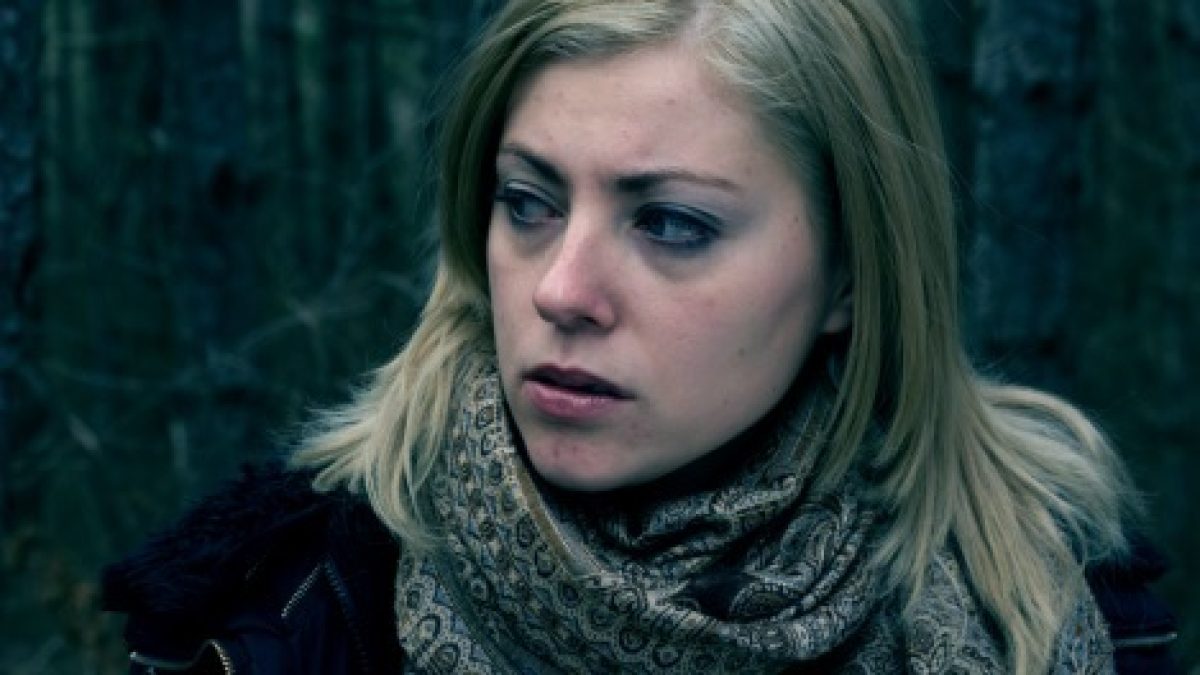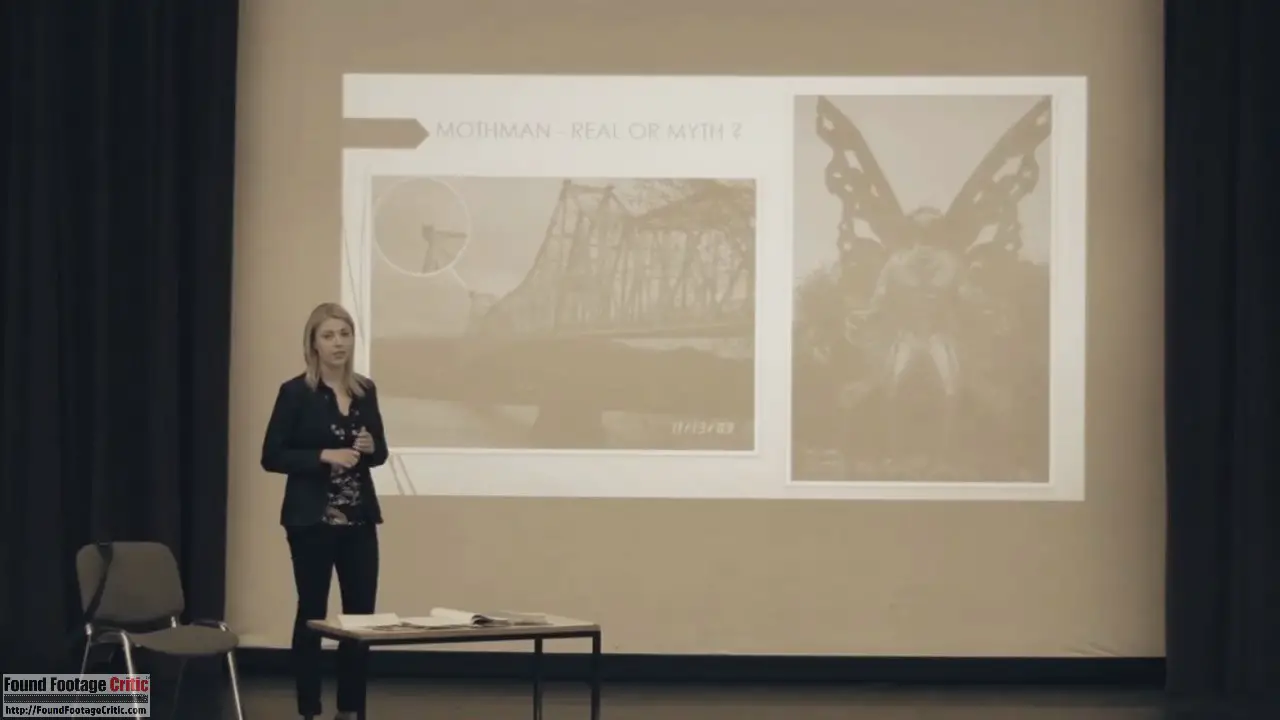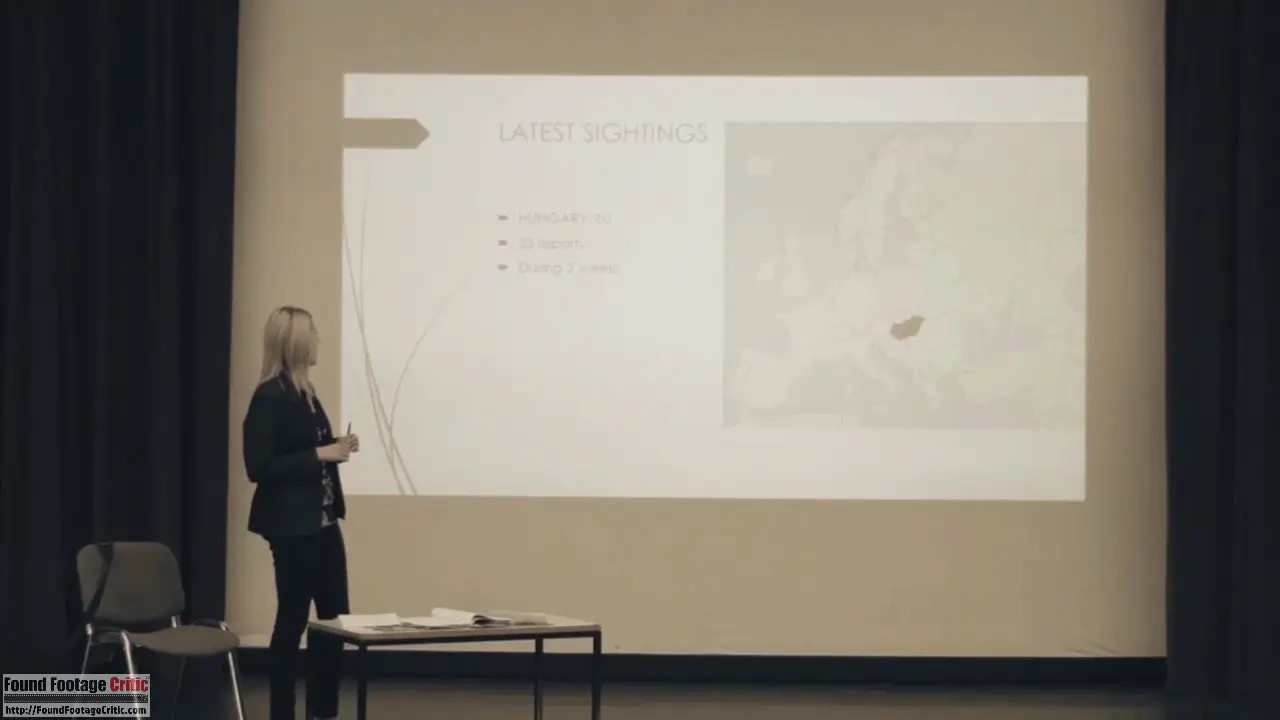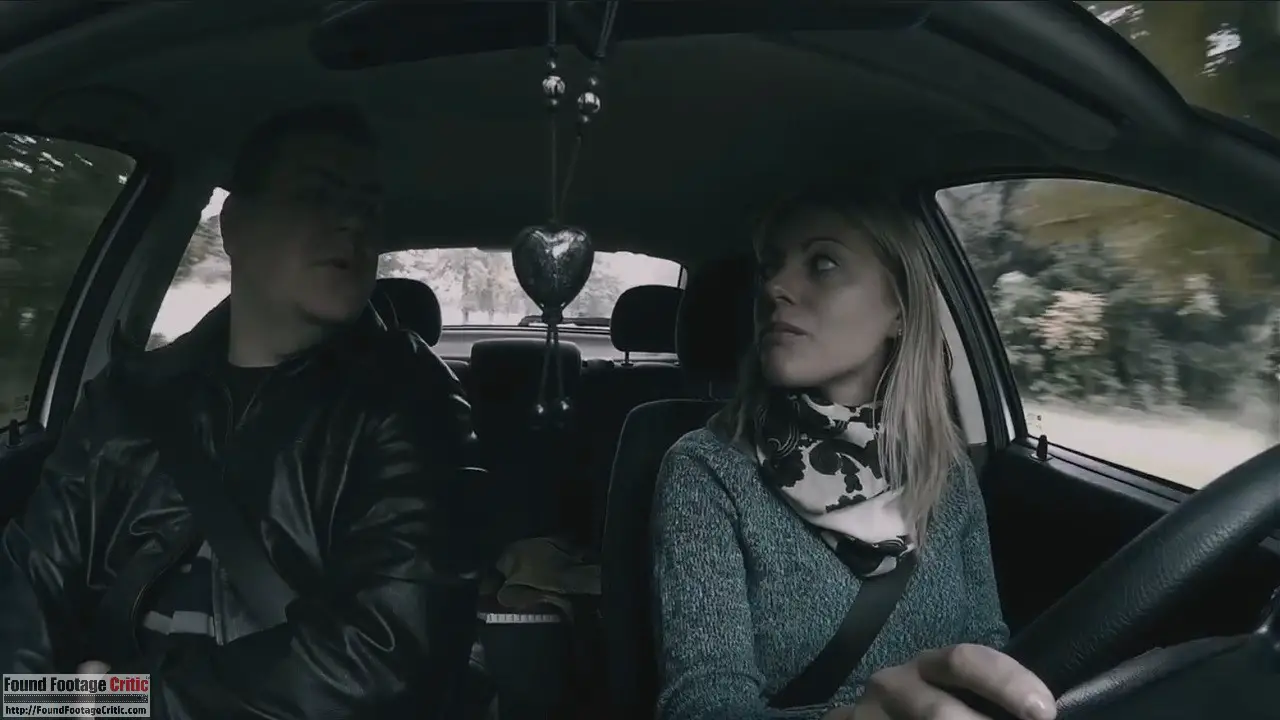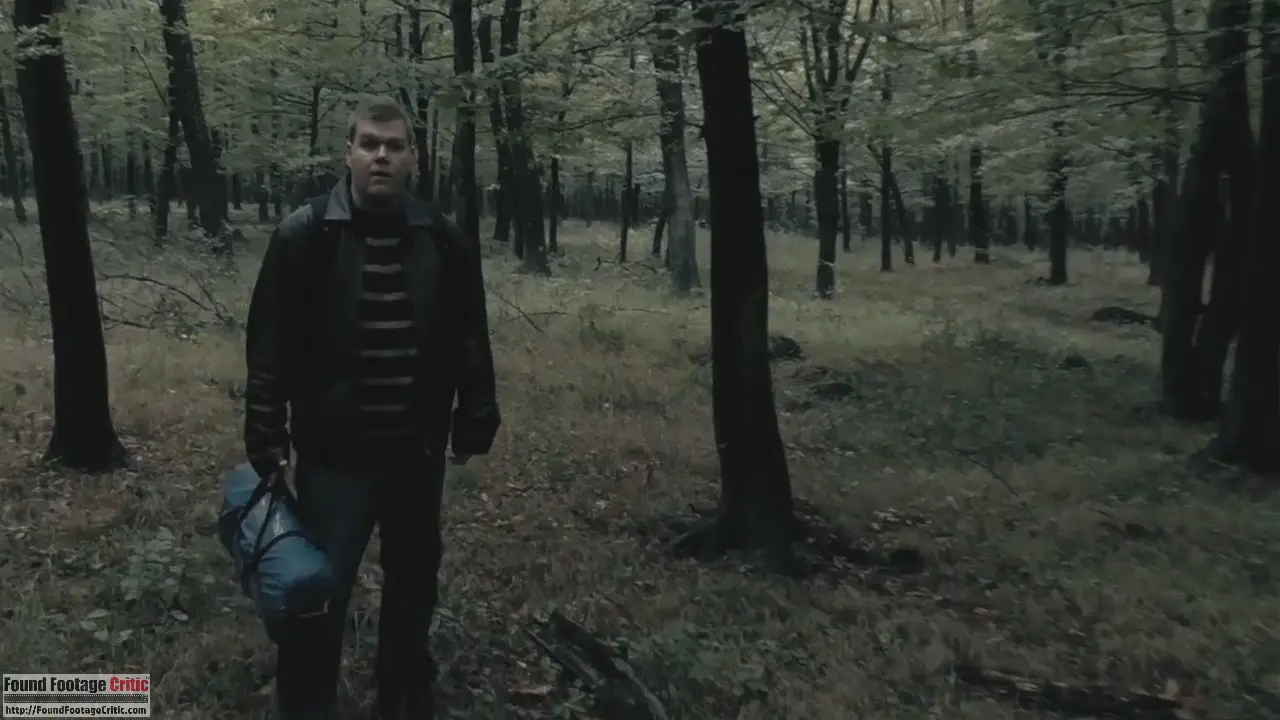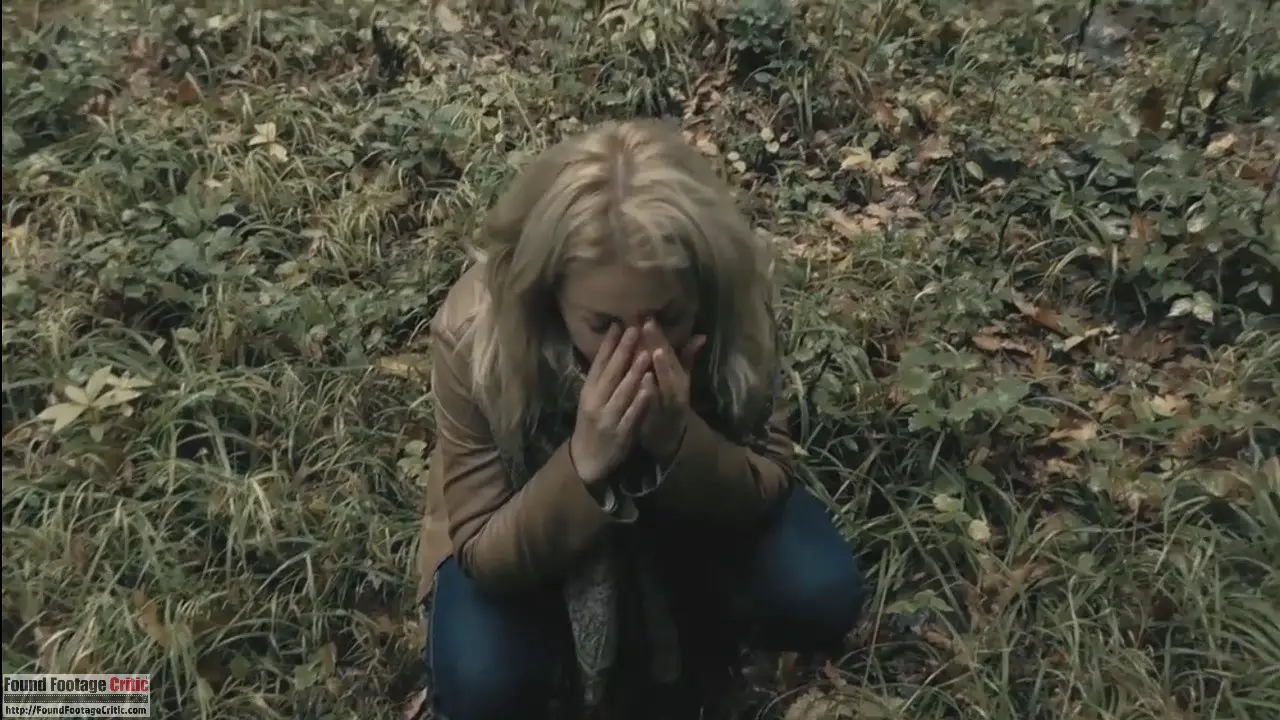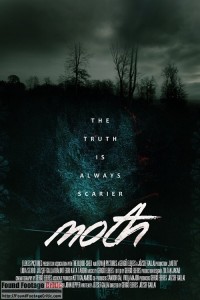 Moth is a Hungarian found footage horror film written by József Gallai and directed by Gergö Elekes and József Gallai. The film follows a university lecturer in London who travels to Hungary with her student to capture video evidence of the legendary Mothman. Gergö Elekes and József Gallai are no strangers to the found footage genre, having teamed up in 2014 to direct the internationally acclaimed Hungarian found footage film Bodom (2014) (Read Bodom Review).
Moth is a Hungarian found footage horror film written by József Gallai and directed by Gergö Elekes and József Gallai. The film follows a university lecturer in London who travels to Hungary with her student to capture video evidence of the legendary Mothman. Gergö Elekes and József Gallai are no strangers to the found footage genre, having teamed up in 2014 to direct the internationally acclaimed Hungarian found footage film Bodom (2014) (Read Bodom Review).
While Moth is classified as found footage, the film is actually a combination of found footage and narrative cinematography, making this hybrid found footage. Moth contains a total of eleven minutes of narrative filming which is included at the beginning and end of the film, leaving approximately 67 minutes of continuous uninterrupted found footage to tell the core of the story.
Moth opens with short found footage clip of a terrified woman holding a camcorder in the forest at night, apparently being stalked by something or someone. An unearthly clicking sound is heard in the distance as she’s dragged deeper into the forest. Screams are heard, then silence as the camera fades out.
The film transitions to a short narrative scene of a University classroom in London where Thora (Lídia Szabó) a university lecturer gives a presentation on the Mothman mythos. With a slideshow in the background, Thora goes on to explain that Mothman sightings are a worldwide phenomena dating back many decades and spanning many countries.
During her lecture, Thora poses the question as to what the Mothman really could be,“A Mythical creature? A Mutation? Perhaps some kind of military experiment. Or maybe this is the Angel of death trying to warn us before a catastrophe. What if I told you it has allegedly resurfaced in Hungary? Twenty-two reports in the past two weeks. I am actually going there next week and am looking for someone who can take and edit footage.“ This dialog sets the stage for the rest of the film, as student Adam (József Gallai) volunteers to go to Hungary with Thora. From here, the two protagonists fly from London to Hungary to begin their research.
The remainder of the film (excluding the final eight minutes) are pure found footage as we see what transpires during Thora and Adam’s adventure in the backwoods of Hungary from the eyes of a handheld camera and car mounted camera. Is the Mothman real or is there something more nefarious afoot? Either way, the results are terrifying.
Found Footage Purity
As mentioned earlier, Moth is not pure found footage as there are narrative scenes which include background music and other tropes of narrative filming. That said, the two narrative segments are kept separate from the found footage portion of the film – i.e. the found footage portion of the film is presented in one continuous 67 minute stretch.
Found Footage Critic asked director Gergö Elekes about his thought process behind filming Moth as hybrid found footage and he said “We used this approach also in Bodom (2014) and it turned out to be the way we should follow. Found footage is really great for putting the audience right into the scene meanwhile the cinematic style can show every other aspect of a story that could be important for the audience but happened before/after the actual main story line.”
We can’t fault Moth for employing a hybrid found footage cinematic approach, as Gergö Elekes and József Gallai clearly intended the film to take this direction. Nonetheless, Moth breaks one of the cardinal rules of the found footage genre – the inclusion of narrative filming. As such, the found footage purity rating for Moth must reflect this reality. The found footage purity rating is an objective score weighed evenly across all films covered on our website. We should note that the found footage purity score for Moth will not be decreased to the extent of a film that attempts to be pure found footage with faulty execution.
Unlike Bodom (2014) which contains a single found footage scene at the tail end of the film that blends seamlessly with the found footage, the narrative filming in Moth is more pervasive. The transitions between found footage and narrative filming in Moth are more abrupt, serving more like chapter breaks in the story.
Filming Reason
The found footage filming reason used in Moth is well done. The protagonists, Thora and Adam, travel to Hungary with the intent of filming a documentary and capturing proof of the legendary Mothman. To this extent, the filming reason is sound. Footage is captured from a handheld camcorder, car mounted camera, and a brief scene where a webcam captures a video chat session.
The filming reason appears to break down to some degree an hour into the film, when the protagonists are seemingly lost in the forest and short on supplies. Using their remaining battery life (and light source) filming a barren forest during the day while searching for signs of civilization should be the least of their concerns. Thankfully, a reveal towards the end of the film adequately explains the decision to continue filming so aggressively.
Cinematography
Of note is the great cinematography used throughout the film, which is not indicative of typical found footage films. In a similar vein to Bodom (2014), director Gergö Elekes takes advantage of the natural environments selected for Moth, incorporating many beautifully composed establishing shots of the scenic forests of Hungary and aerial shots of the region. Gergö Elekes filmed all of the narrative scenes and József Gallai filmed most of the found footage scenes with support from Gergö Elekes.
The use of two cameras in all of the car scenes serves the film well, providing an opportunity to keep both protagonists in frame during conversations, and offering frequent perspective changes that breaks the monotony (and shakiness) of a single handheld camera.
The audio quality in Moth, particularly the outdoor scenes, sounds like an on-board camcorder microphone rather than an external boom or actors equipped with mics. Found Footage Critic asked Gergö Elekes is this was the case and he validated that the “outdoor scenes were shot with the camcorder mics.”
Using the on-board camcorder microphone adds to the realistic feel of the found footage. While this approach benefits the film, at times the dialog is sometimes difficult to hear when the protagonists speak softly or stray from the proximity of the camera – but the overall impact is a positive one.
Acting and Plot
The acting of the two main protagonists Lídia Szabó and József Gallai is admirable, effectively holding their own during the film. While the acting is generally good, there’s lack of chemistry between these two actors, which sometimes makes their conversations come across as strained. Another area of concern, which is quickly becoming one of this reviewer’s found footage pet peeves, is the escalating bickering between Thora and Adam – a found footage trope that’s used far too often in found footage films.
The plot of Moth is quite interesting, but it’s the twist ending that adds intrigue to the story, making sense of many of the seemingly large plot holes that are actually integral to the ending. While the story is good and has its fair share of twists and turns, if there’s one major point to criticize in Moth, it’s the pacing of the film which is quite slow. Fortunately, the pace picks up towards the end, but it’s a slow burn to get there. This extended lull in moving the plot forward is used to focus on character development, a device successfully employed in Bodom (2014), but Moth dips into this well a bit too often.
The concept of a found footage film based on the Mothman mythology is an interesting choice. While not as pervasive as Slenderman in popular culture, the Mothman mythos is strong in its own right and has a unique air of mystery. There are not many found footage or narrative films that have a dedicated treatment of the Mothman mythology, making Moth a welcome addition to an exclusive group of films.

Interview with director Gergö Elekes coming next week.

